Scientific name Margarops fuscatus Higher classification Margarops Order Passerine | Phylum Chordata Rank Species | |
Genus MargaropsP.L. Sclater, 1859 Similar Bird, Scaly‑breasted thrasher, Trembler, Brown trembler, Black‑faced grassquit | ||
The pearly eyed thrashers of love city
The pearly-eyed thrasher (Margarops fuscatus) is a bird in the thrasher family Mimidae.
Contents
- The pearly eyed thrashers of love city
- Pearly eyed thrasher
- Morphology
- Taxonomy
- Distribution
- Biology
- References
It is found on many Caribbean islands, from the Bahamas in the north to the Grenadines in the south, with an isolated population on Bonaire.
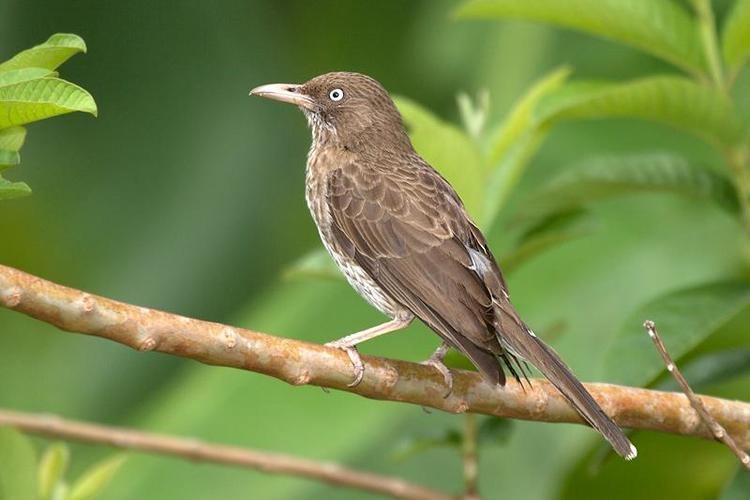
Pearly eyed thrasher
Morphology
The pearly-eyed thrasher is the largest species in the Mimidae.
Taxonomy

Its genus, Margarops, is considered monotypic today; formerly the scaly-breasted thrasher was placed here too. The present species, however, is now known to be closer to the Cinclocerthia tremblers.
There are four subspecies.

While this is not a migratory bird, considerable gene flow between populations appears to have taken place at least until fairly recently in its evolutionary history. At least two subspecies can be distinguished genetically: Margarops fuscatus fuscatus which is found between the Greater Antilles and Antigua and Barbuda, M. f. densirostris, occurring from Montserrat and Guadeloupe southwards. When exactly the pearly-eyed thrasher lineage diverged from its relatives cannot be said with reasonable certainty at the moment, as no fossils are known and the standard molecular clock model cannot be applied to the Mimidae as mutation rates seem to have varied over time.
Distribution
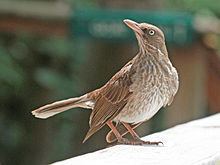
The pearly-eyed thrasher is found in the Bahamas, Puerto Rico, the Virgin Islands, the Turks and Caicos islands, Beata island off the south coast of dominican republic, many of the Lesser Antilles, and Bonaire in the Netherlands Antilles.
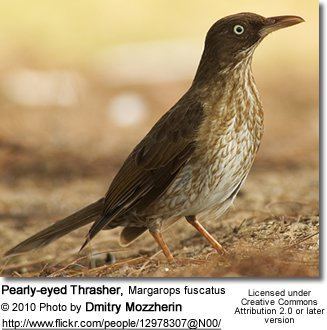
In Puerto Rico, as well as occupying the main island, it is also found on Mona island. In the Bahamas, it is a breeding species on San Salvador, Exuma, and Long Island, and probably also on Acklins, Mayaguana, and Great Inagua; in addition it is found as a wintering species on Eleuthra and Cat Island (Bahamas). In the Lesser Antilles, it is a breeding species in the SSS islands (the northern part of the Netherlands Antilles), Barbuda, Antigua, Montserrat, Guadeloupe, Dominica, Martinique, St. Lucia, St. Thomas, St. Vincent, Barbados and the Grenadines; it formerly occurred on Grenada but is now thought to be extinct there.
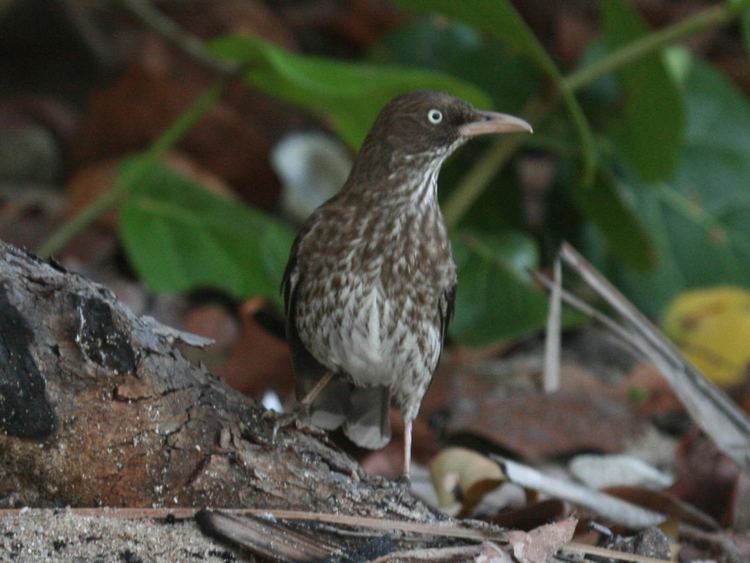
Birds of the race bonairensis were formerly found on La Horquilla, one of the Hermanos islands, off the north coast of Venezuela, but it is now believed to be extinct there, last having been reported in 1908.
Biology
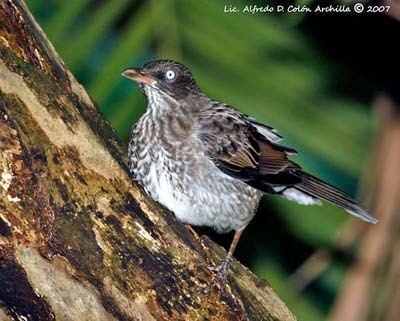
It prefers to live in bushes and trees in mountain forests and coffee plantations. The pearly-eyed thrasher is described as an aggressive, opportunistic omnivore that feeds primarily on large insects, but also feeds on fruits and berries, and will occasionally eat lizards, frogs, small crabs and other bird’s eggs and nestlings. It grows to 28 to 30 cm (11 to 11.8 inches) in length.
This species nests in cavities. In Puerto Rico, it is known to compete with the critically endangered Puerto Rican amazon for nesting sites and may even destroy the eggs of this species.
